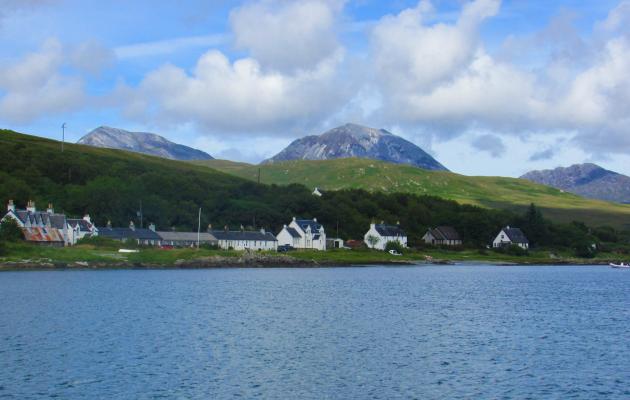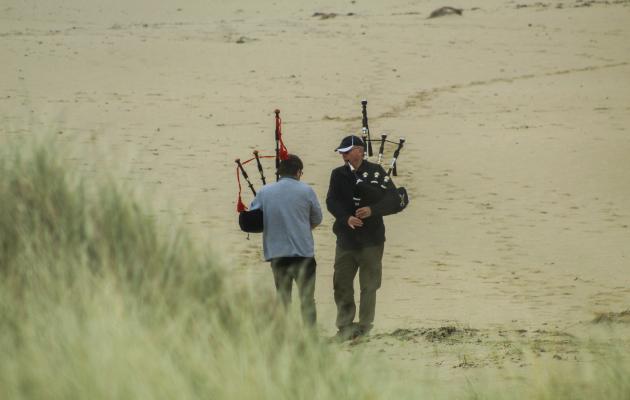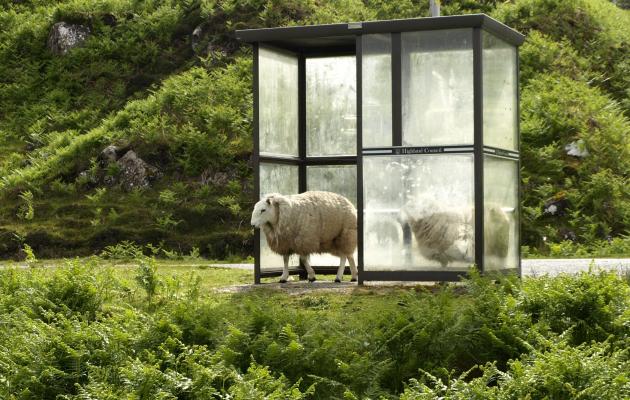On Wednesday morning I went on the tour around New Lanark Village – I foolishly agreed to this tour before deciding to walk from Lanark to New Lanark… so I easily managed my daily 10,000 steps much earlier in the day than normally is the case.
I found the tour extremely interesting and it helped put into context the work of David Dale, the founder of the village, and his son-in-law, Robert Owen, a social justice pioneer.
Owen sold the Mill to the Webster family who were Quakers. As a practising Quaker I was interested in this connection.
The Websters managed the New Lanark Mill and Village from around 1825 to 1880 – the Mill was on sale on 1850’but it was around 30 years before the Websters were able tosee it, and the subsequent owners of the lands never seemed to follow in Owens footsteps and the estate fell upon hard times till the mid-1960s.
It was fascinating to hear of the foresight those community spirited people who sought to develop a Conservation Trust to turn New Lanark into what is now regarded as a world heritage site. Although I had tired legs at the end of the visit it was very inspiring and I’m glad that I did it.
We learnt that Owen’s social experiment took the children away from the parental influence during the day and gave them the pleasures of learning and play unfettered by their parental influences. We learnt the history of Mill Number 1 – which now forms a 4 star hotel. Mill Number 2 is still in production as a working Mill. Mill 3 is home to a shop, cafe and museum. Various other buildings show the work of Owen. Mill number 4 is only marked by its perimeter walls – it is hoped that one day to be able to finance the rebuilding of the building.
The tour was a fascinating insight into a social experiment which hopefully bettered the lives of many thousands of people and Owen’s enlightened thinking which was a far cry from the conditions endured by the working folk of his native Manchester.
Some of the buildings were sold to people who have freedom to turn the insides to their own requirements. The outside shell has to remain in keeping with the local environment.
One of the townhouses is an “time bubble” – once occupied by an elderly woman who never wanted to change, but who I learnt from someone had the keen enterprise that Owen inspired – except her’s was self-enterprise by charging visitors 20p to visit her home – needless to say visitors only stayed a very short time… From April 2020 this house will be open to the public so they can see a house through the ages… This will be included in the visit price to the heritage site…

Peter Kennedy
Works as an Employability Officer in rural North Aberdeenshire, Board Member, SRA. Chartered Member of the Chartered Institute of Housing.




